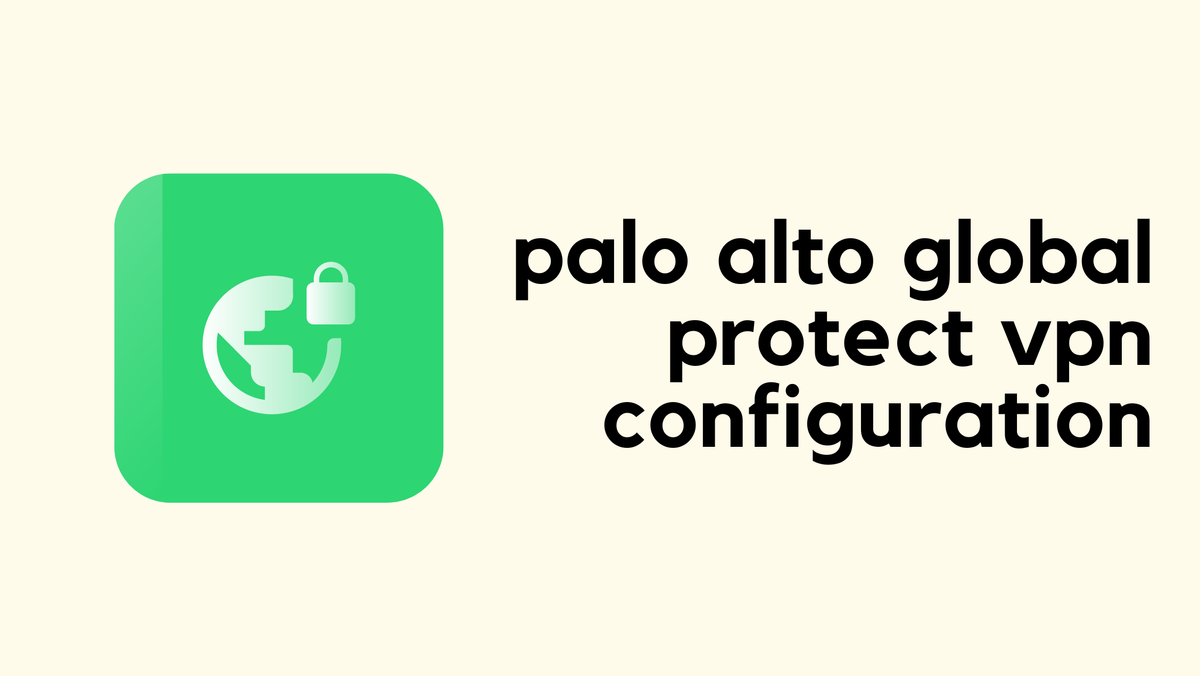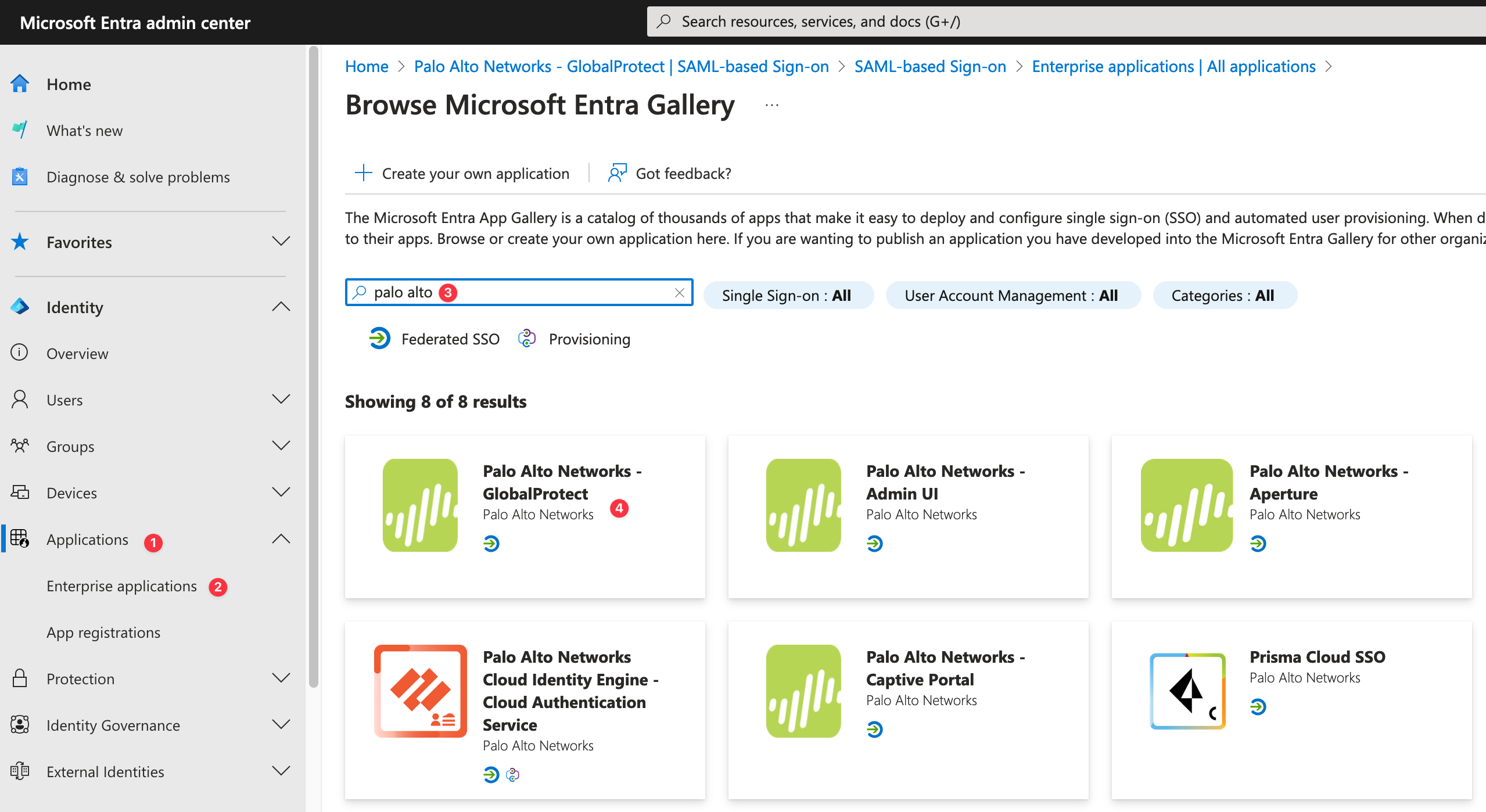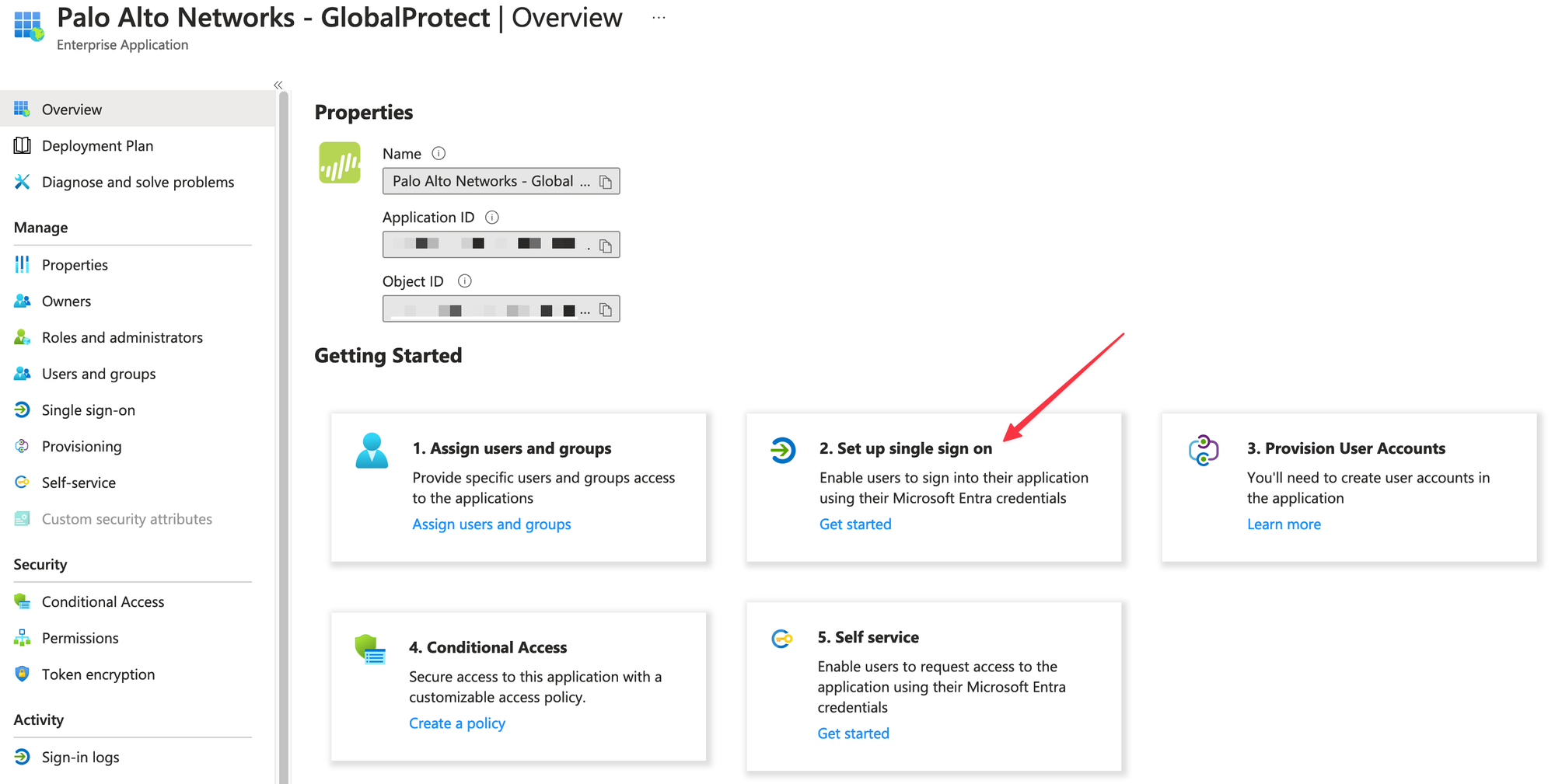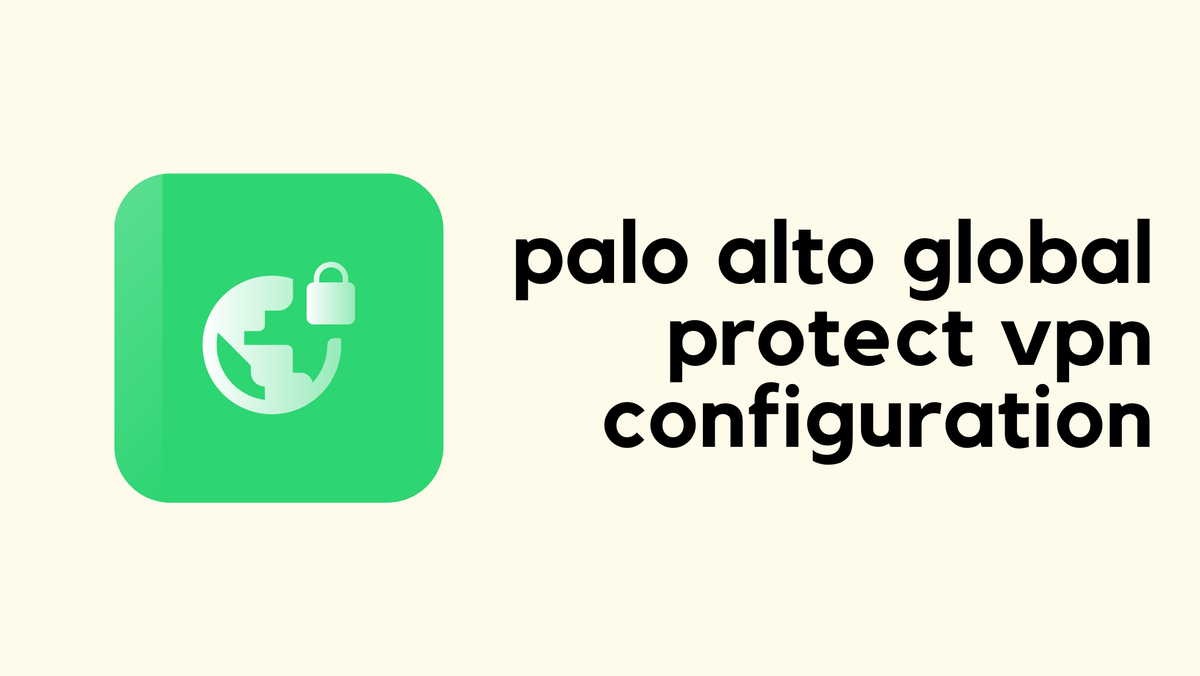ADCS Cert Templates for ISE Lab
In my ISE lab I’m going to be using EAP-TLS and TEAP, which means I’ll be needing user and computer certificates. The goal is to be able to enable the 802.1X supplicant via GPO and to distribute certificates automatically without requiring any user input. Another post will cover GPO, in this post I’ll cover creating the certificate templates in ADCS.
When opening the CA app, there are a number of templates provided by default:

There are already templates for User and Computer, but it’s better to leave the default templates alone and create new ones. First, we’ll create a template for user certificates. Start by right clicking Certificate Templates and selecting Manage:

Then we’re going to right click the User template and select Duplicate Template:

This is going to open up a new window with properties of the template:

Go to General and give the template a name:

Don’t select the Do not automatically reenroll option or it won’t be possible to renew certs before they expire.
Then go to Request Handling. We’re going to uncheck the Allow private key to be exported option as this is considered more secure:

Make sure Enroll subject without requiring any Continue reading










